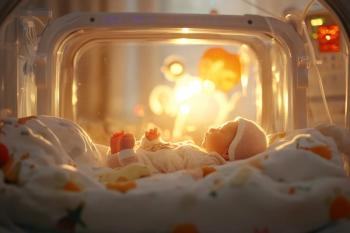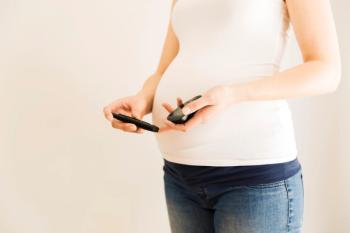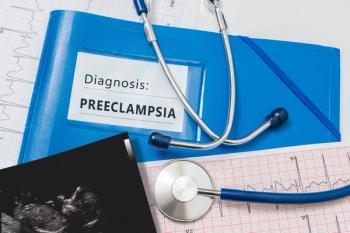
Morcellation bag shows promise in feasibility study
A small feasibility study of a new containment bag for power morcellation shows that it may be reliable for even a large specimen. The findings, about the Espiner EcoSac 230, were presented at the 45th AAGL Global Congress in Orlando, Florida.
A small feasibility study of a new containment bag for power morcellation shows that it may be reliable for even a large specimen. The findings, about the Espiner EcoSac 230, were presented at the 45th AAGL Global Congress in Orlando, Florida.
The research involved 187 procedures performed at 3 independent hospitals in Illinois between May 2014 and December 2015. All of the patients underwent contained electromechanical power morcellation during a laparoscopic or robotic-assisted hysterectomy or myomectomy. Three physicians performed the surgeries using the Espiner EcoSac 230 specimen bag.
The average specimen weight was 300 g and the largest was 2,134 g. Mean patient age was 40 (range 25-54 years) and mean body mass index was 28.7 (range 17.3-57.6) Nearly three quarters of the surgeries were myomectomies (73.8%) and just over one quarter were hysterectomies (26.2%) The mean number of fibroids removed during the myomectomies was 4.9 and mean estimated blood loss was 98.4 mL.
The postoperative admission rate was 12.3%, the majority because of nausea and urinary retention. Only 20 patients (10.7%) had postoperative complications, most of which the authors said were minor, and 4 patients (2.1%) were readmitted.
Commenting on the specimen bag, the authors said it was a “feasible, reliable, and reproducible method of contained power morcellation, even for a large specimen.”
Steller CJ, Miller CE, Sasaki KJ, et al. Review and outcome of electromechanical power morcellation using an innovative contained specimen bag system. Abstract 128. JMIG 2016;23(7):S53.
Newsletter
Get the latest clinical updates, case studies, and expert commentary in obstetric and gynecologic care. Sign up now to stay informed.











